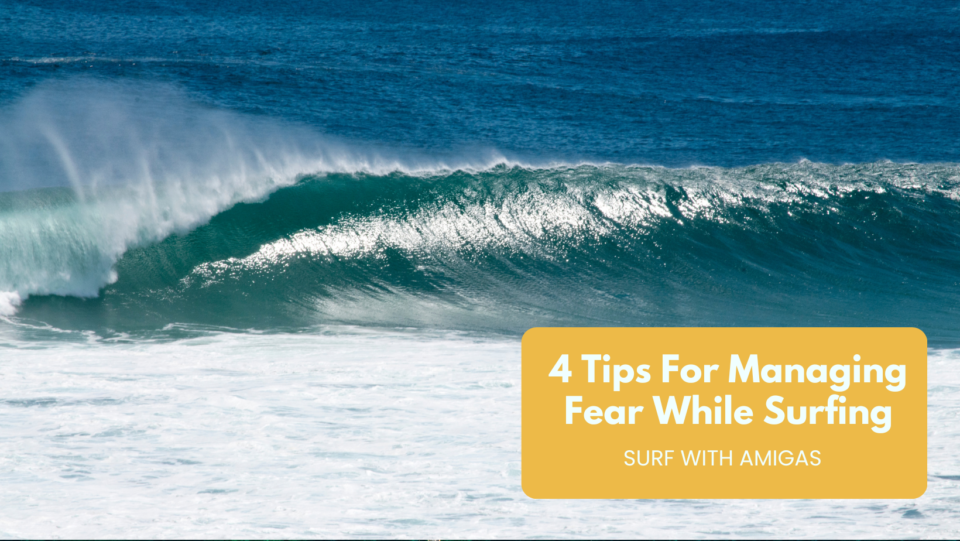At some point in our surf journeys, we are bound to find ourselves stuck in a place we’d rather not be, or at the very least in an unexpected situation in the water. Many different emotions can come up while we’re surfing, but there usually tends to be one common denominator: fear. Whether it boils down to a fear of lack of control, of injury or embarrassment, that nagging, anxiety-inducing feeling in the pit of your stomach is universal in surfing. Feelings of fear are our brain’s way of trying to keep our bodies safe. Here are four tips you can use to help overcome your fear in the water:
1. Acknowledge your fear
The more you can acknowledge that your fear exists, the more likely you can begin to take the needed steps to overcome that fear. Trying to understand exactly where your fear comes from is the first step in processing it. Use that understanding to slowly enlarge your comfort zone. You can do this by taking baby steps of expansion while keeping yourself safely challenged. Whether it is surfing a slightly more difficult break, or trying different maneuvers in the water, give it a go. Using this technique, our amiga Brooke says,
“I recognized that my desire to overcome the fear became stronger than the fear at some point.”
2. Surf with a buddy, or instructor!
Fear can feel like a much more manageable emotion when you have someone to share it with. A little bit of extra encouragement from a friend, especially from someone who may have a bit more experience in the water, can go a long way. If you see your buddy isn’t afraid, often that gives you the permission to let go of your fear. Not to mention, a simple shared look of solidarity before plunging headfirst into a duck dive can do wonders for the nerves.

3. Practice breathing techniques in the water
As our amiga Brooke explains in her Second Breakfast episode, as soon as we start to hold our breath, the body goes into fight or flight mode. While we’re stressed or anxious, there’s usually an element of breath holding that comes along with that. Especially while we’re laying on our bellies paddling, breathing can easily become constricted. Try focusing on inhaling and exhaling while you’re paddling for a wave. While doing this, you can challenge your own perceptions of fear. Remind yourself that even if you get tumbled around, you’re going to come up, you’re going to be okay. Consider breathing exercises to be an intervention for your anxiety.
“Drawing your attention towards your breath can help get you out of a fear state and more into flow state.”
4. Practice positive mantras in the water
Often what holds us back the most in the water is our perceived perception of ourselves and what we are capable of. The brain creates strong neural pathways that dictate these perceptions. The more we believe them and use certain pathways, the more engrained they become. Studies have shown that bilateral movement (like paddling while surfing!) offers an opportunity to create new pathways. The next time you’re paddling out into the lineup, try repeating a positive mantra to yourself. Rather than telling yourself “I suck, I don’t have the skill level to surf this wave,” or “I’m scared I’ll fall and everyone is watching,” try flipping the switch. “My body is strong and capable, and I am doing the best that I can.”
For more surf stories, tips and techniques for managing your emotions in water, check out Brooke’s episode on Second Breakast (the Surf With Amigas podcast).
For some, even the thought of a particular surf destination or break can make the palms break out in a sweat. Are you ready to send it and step out of your comfort zone? Are you an intermediate to advanced surfer and willing to push your limits? Check out our new retreat location, Sumatra!



